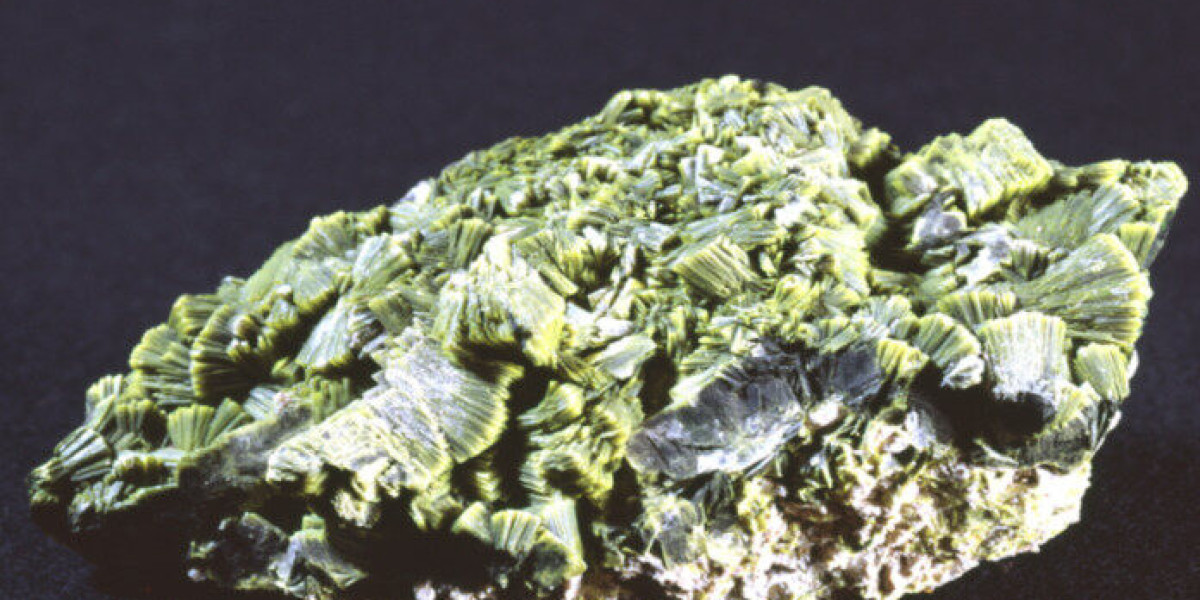When we think of calories, we typically associate them with the energy provided by food. For instance, a slice of pizza or a bowl of pasta gives us the fuel we need to function daily. However, when considering how many calories are in uranium, the concept of energy takes on an entirely different scale. Uranium, particularly Uranium-235, contains a staggering amount of energy, equivalent to about 20 billion calories per gram. This figure surpasses any food or fuel source we encounter in our daily lives, and its immense energy potential is why uranium is widely used in nuclear power and weaponry.
What Are Calories in Uranium?
To understand the "calories" in uranium, it’s essential to clarify that the term calorie, in this context, refers to energy, not nutritional value. In everyday terms, a calorie is the energy required to raise the temperature of 1 gram of water by 1°C. However, when we discuss uranium, we're talking about the energy released through nuclear fission, a process in which uranium atoms are split to release energy. One gram of uranium can release about 18 million kilocalories (kcal) or approximately 20 billion regular calories, the kind we typically associate with food.
For comparison, a regular adult requires around 2,000 calories per day to maintain their body’s basic functions. That means the energy stored in just one gram of uranium could theoretically sustain an individual for millions of years—if, of course, humans could metabolize nuclear energy like food.
Why Does Uranium Hold So Much Energy?
The reason uranium contains such an astronomical number of calories lies in the process of nuclear fission. Uranium-235 is an isotope that, when bombarded with neutrons, splits its atoms. This splitting releases a tremendous amount of energy in the form of heat, which can be harnessed to generate electricity in nuclear reactors. The process of splitting uranium atoms is highly efficient, releasing energy at a much greater scale than any chemical reaction, such as burning fossil fuels.
Nuclear fission is so powerful that a small amount of uranium can fuel an entire nuclear reactor for years, making it one of the most energy-dense materials available. While this immense energy potential is primarily used in electricity generation, it’s also the driving force behind the destructive power of nuclear weapons.
How Does Uranium Compare to Everyday Calories?
To put uranium’s energy potential in perspective, let’s compare it with the energy provided by food. A standard chocolate bar might contain 200 to 250 calories. An entire pizza typically contains around 2,000 to 3,000 calories, which is about what the average adult needs in a day. On the other hand, one gram of uranium holds around 20 billion calories—enough energy to power a human diet for millions of years. Of course, these comparisons are theoretical, as the human body cannot convert nuclear energy into usable metabolic energy.
Instead, the 20 billion calories in uranium are released in the form of heat and radiation, which is used to produce electricity in nuclear reactors. Even though the calories in uranium are not comparable to those in food, the energy stored in a small amount of uranium dwarfs any energy source used in daily life, from gasoline to coal.
Conclusion
The fact that one gram of uranium contains around 20 billion calories highlights the enormous energy potential of this radioactive element. While it cannot be consumed like food, uranium’s ability to release such a vast amount of energy through nuclear fission makes it a critical resource for generating electricity and powering nuclear technology. The energy stored in even a tiny amount of uranium is a powerful reminder of the immense potential of nuclear energy.







